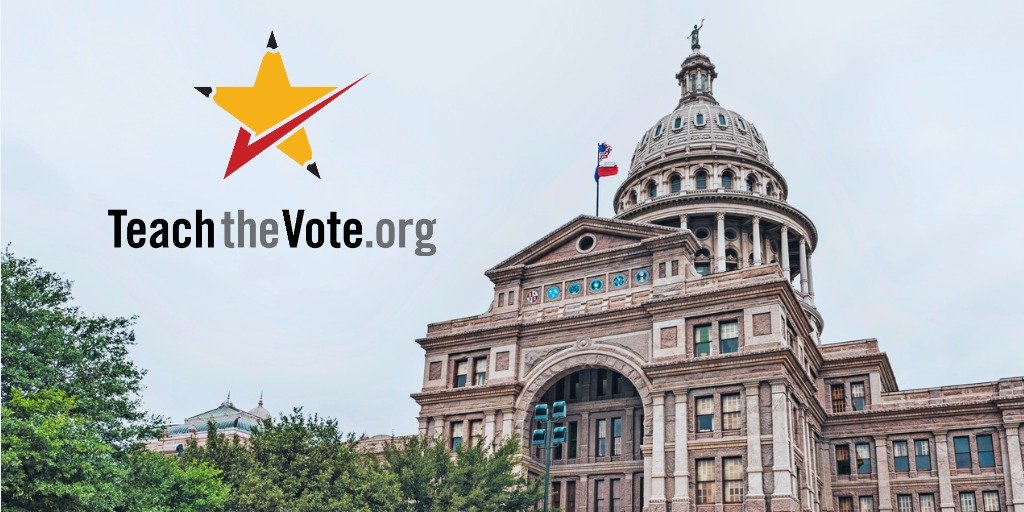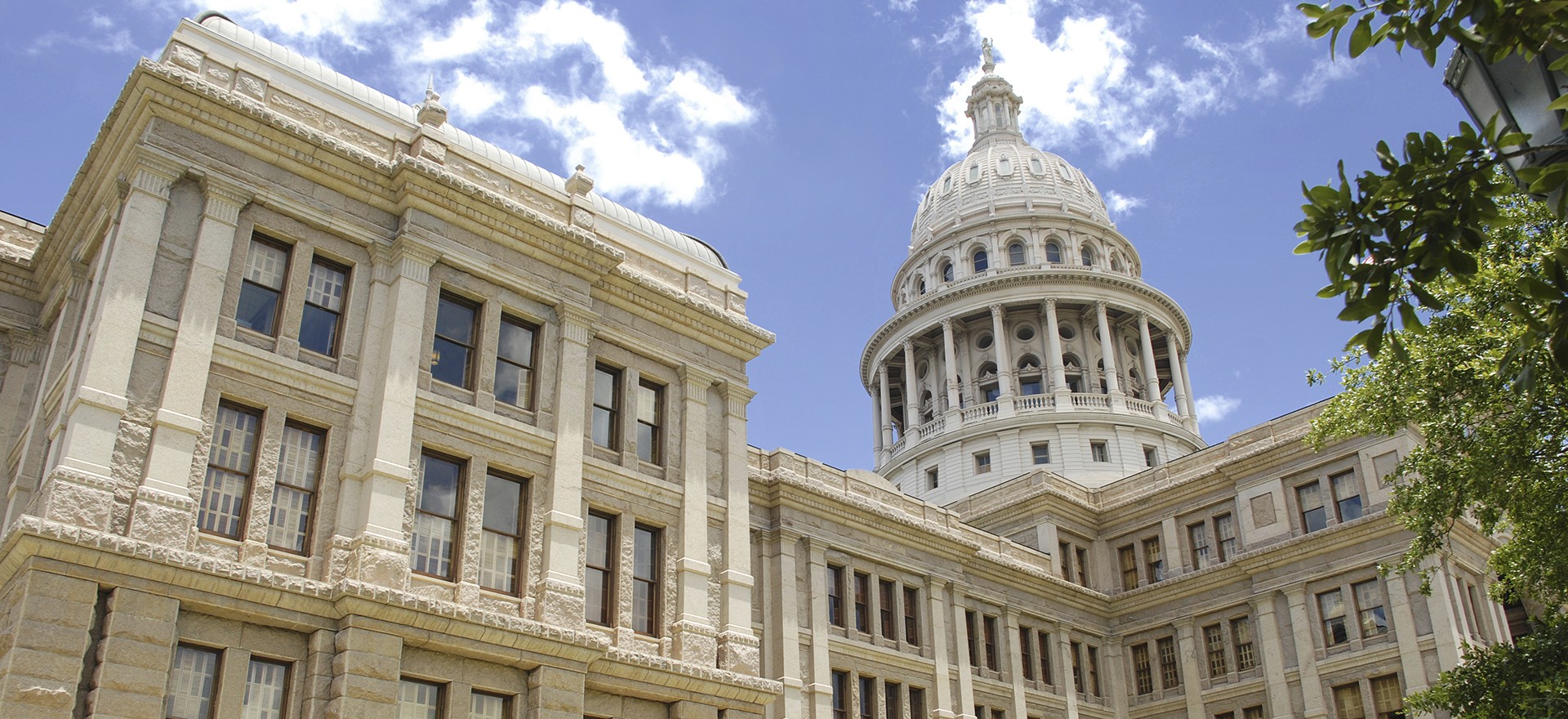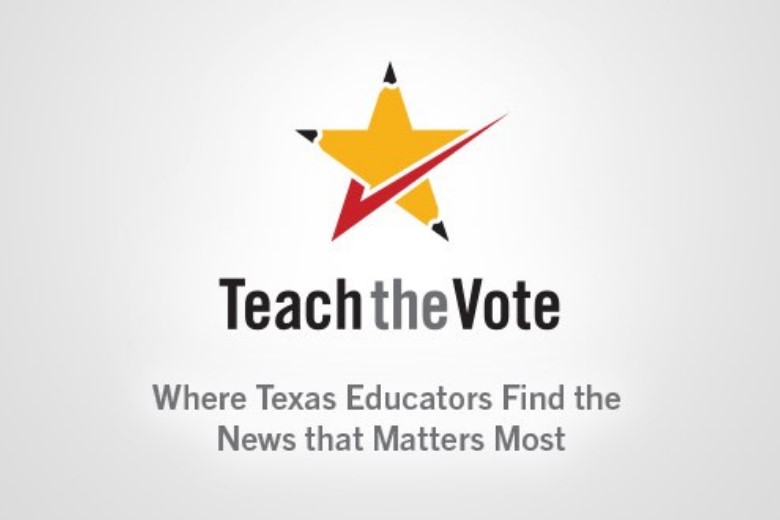Congressional leaders reach deal on spending that includes boost to education dollars

Congress | Federal
Date Posted: 3/22/2018

Budget negotiators in Congress have reached an agreement on a deal to keep the lights on in Washington. The deal represents $1.3 trillion in total spending and a boost of $3.9 billion to spending on education. Congress now has until the end of Friday to pass the bill, preventing another government shutdown.
If Congress is able to pass the legislation in its current form (Republican and Democratic leaders are backing the final negotiation) and President Trump signs the legislation (he seemed to support the legislation Wednesday night after waffling throughout the day), many programs at the U.S. Department of Education (ED) will see boosts to funding.
Boosts include funding for Title I and special education (IDEA), the two largest sources of funding at ED, as well as a program aimed at recruiting, supporting, and training educators. Other boosts to funding include programs pertaining to STEM education, technology enhancements, counseling and mental health, social and emotional learning, after school curricula, and rural schools. There is also new funding for school safety in the form of training and safety technologies like metal detectors.
Many of the funded programs are ones President Trump and Education Secretary Betsy DeVos cut under their budget request. For example, the president’s budget proposal suggested defunding the $2 billion program aimed at recruiting, supporting, and training educators primarily in high-needs schools. Aside from an increase to charter school funding, Congress also ignored the administration’s requests regarding public and private school choice. There is no funding for a $500 million investment in expanding existing state voucher programs or establishing new voucher programs, and the $1 billion in Title I funding Trump wanted to see invested in a system termed Title I portability (a refresher on that can be found here) is not included. Secretary DeVos faced a congressional committee just this week in an effort to advocate for a number of major reforms at ED, but those were largely overlooked by congressional leaders under the spending plan.
While the deal looks poised for passage, there are still several procedural measures that could prevent its passage ahead of the Friday midnight deadline. Check back for more on how the latest deal on federal funding plays out.
CONVERSATION
RECOMMENDED FOR YOU

05/05/2025
So much for the “Texas Two-Step”
School finance, including teacher pay raises, languishes in the Senate as Gov. Greg Abbott signs vouchers into law.

05/02/2025
Teach the Vote’s Week in Review: May 2, 2025
Contact your state senator to push for action on HB 2. Plus: Make a plan to vote in Saturday’s local elections, where school matters might be on your ballot.

05/02/2025
Another busy week in the Texas Senate as bills advance to the House
The Senate moved bills on school safety, personal financial literacy, and payroll deduction of membership dues.

